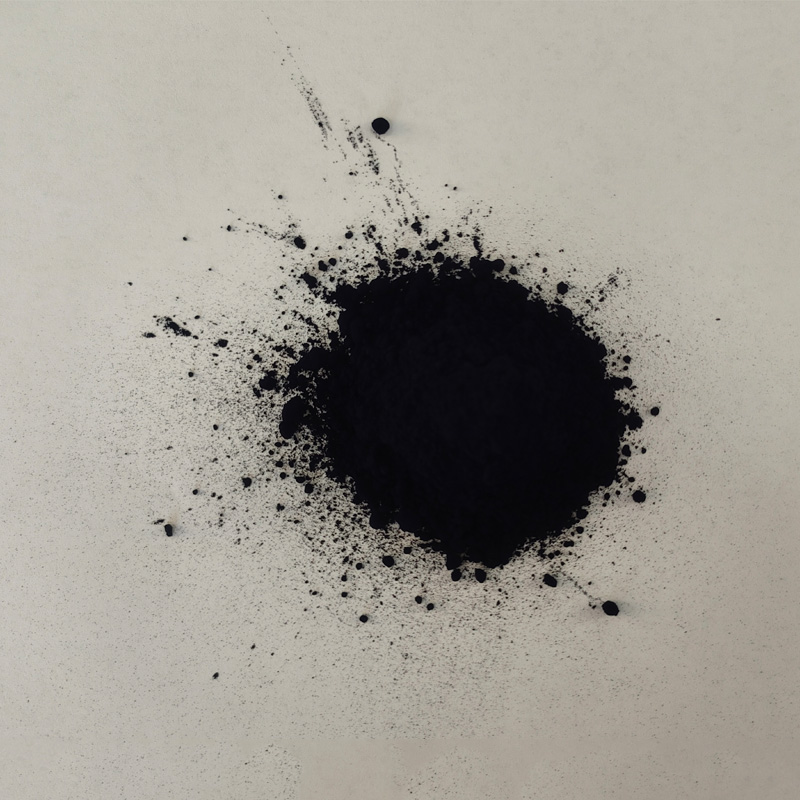Exporting Indigo Blue Dye for Sustainable Fashion Industry Growth and Opportunities
The Global Outlook on Indigo Blue Dye Exporters
Indigo blue dye has long held a significant place in the textile industry, tracing its roots back to ancient civilizations. Known for its deep blue hue, indigo dye is celebrated for its vibrant color and rich history. In recent years, as the global fashion industry moves toward sustainability and eco-friendliness, indigo blue dye exporters have emerged as key players in meeting the rising demand for natural dyes.
The Historical Significance of Indigo
Indigo dyeing dates back over 6,000 years, with evidence found in ancient Indian, Egyptian, and Chinese artifacts. The dye is derived from the indigo plant, primarily Indigofera tinctoria, which has been cultivated in various parts of the world. Historically, indigo was a valuable commodity, often referred to as ‘blue gold’ due to its worth in trade. The dyeing process itself is intricate, requiring expertise that has been passed down through generations, contributing to the cultural heritage of many societies.
Modern Revival of Indigo Dyeing
In today’s market, the resurgence of interest in natural dyes is driven by a growing awareness of the environmental and health impacts of synthetic dyes. Unlike their chemical counterparts, natural dyes, particularly indigo, offer a lower carbon footprint and use more sustainable methods of production. This shift has led to a rise in demand for indigo blue dye, prompting exporters to adapt to new market trends and consumer preferences.
Countries such as India, Japan, and a few African nations have become leading exporters of indigo dye, thanks to their extensive agricultural practices and rich traditions in dyeing. Indian exporters, for instance, have harnessed their historical expertise to create a niche market for organic indigo, promoting eco-friendly practices in textile production.
Challenges Faced by Indigo Dye Exporters
While the potential for growth in the indigo dye export sector is significant, challenges remain. One of the primary hurdles is the competition from synthetic dyes, which can often be produced at a lower cost. Synthetic indigo can mimic the natural product; however, it lacks the depth and variability of color that genuine indigo provides, aspects that many consumers are increasingly valuing.
indigo blue dye exporter

Another challenge is the accessibility and sustainability of raw materials. Climate change poses a risk to the cultivation of indigo plants due to changing weather patterns, which could affect supply. Exporters are increasingly looking into sustainable farming practices that prioritize soil health and biodiversity, thus ensuring a consistent and ethical supply chain.
Innovations in Indigo Dyeing
To stand out in a competitive market, indigo exporters are embracing innovation. Techniques such as shibori (a Japanese tie-dyeing technique), kadhi, and block printing are gaining popularity. These methods allow for unique designs and patterns that appeal to contemporary consumers seeking individuality in their clothing.
Moreover, advancements in fermentation processes, such as using natural fermentation to produce indigo, are being explored. These processes can enhance colorfastness and yield while maintaining the natural qualities of the dye. By focusing on innovation and quality, exporters can effectively differentiate their products in the global market.
The Future of Indigo Blue Dye Exports
As consumers continue to seek sustainable and ethical fashion choices, the future for indigo blue dye exporters looks promising. With support from fair trade practices and collaborations with fashion designers, there is a growing market for indigo textiles that emphasize craftsmanship and sustainability.
Furthermore, awareness campaigns highlighting the benefits of natural dyes can help educate consumers, thereby increasing the market for indigo products. Exporters can foster partnerships with global brands that prioritize sustainability, which will further drive the demand for indigo blue dye.
In conclusion, indigo blue dye exporters play a pivotal role in the evolution of textile production. By embracing sustainability, innovation, and traditional craftsmanship, they can meet the growing demand in the fashion industry while preserving the rich heritage that comes with indigo dyeing. As the world leans toward more conscious consumption, indigo's connection to culture, sustainability, and artistry promises to keep it vibrant and relevant in a constantly changing market.
-
The Timeless Art of Denim Indigo Dye
NewsJul.01,2025
-
The Rise of Sulfur Dyed Denim
NewsJul.01,2025
-
The Rich Revival of the Best Indigo Dye
NewsJul.01,2025
-
The Enduring Strength of Sulphur Black
NewsJul.01,2025
-
The Ancient Art of Chinese Indigo Dye
NewsJul.01,2025
-
Industry Power of Indigo
NewsJul.01,2025
-
Black Sulfur is Leading the Next Wave
NewsJul.01,2025

Sulphur Black
1.Name: sulphur black; Sulfur Black; Sulphur Black 1;
2.Structure formula:
3.Molecule formula: C6H4N2O5
4.CAS No.: 1326-82-5
5.HS code: 32041911
6.Product specification:Appearance:black phosphorus flakes; black liquid

Bromo Indigo; Vat Bromo-Indigo; C.I.Vat Blue 5
1.Name: Bromo indigo; Vat bromo-indigo; C.I.Vat blue 5;
2.Structure formula:
3.Molecule formula: C16H6Br4N2O2
4.CAS No.: 2475-31-2
5.HS code: 3204151000 6.Major usage and instruction: Be mainly used to dye cotton fabrics.

Indigo Blue Vat Blue
1.Name: indigo blue,vat blue 1,
2.Structure formula:
3.Molecule formula: C16H10N2O2
4.. CAS No.: 482-89-3
5.Molecule weight: 262.62
6.HS code: 3204151000
7.Major usage and instruction: Be mainly used to dye cotton fabrics.

